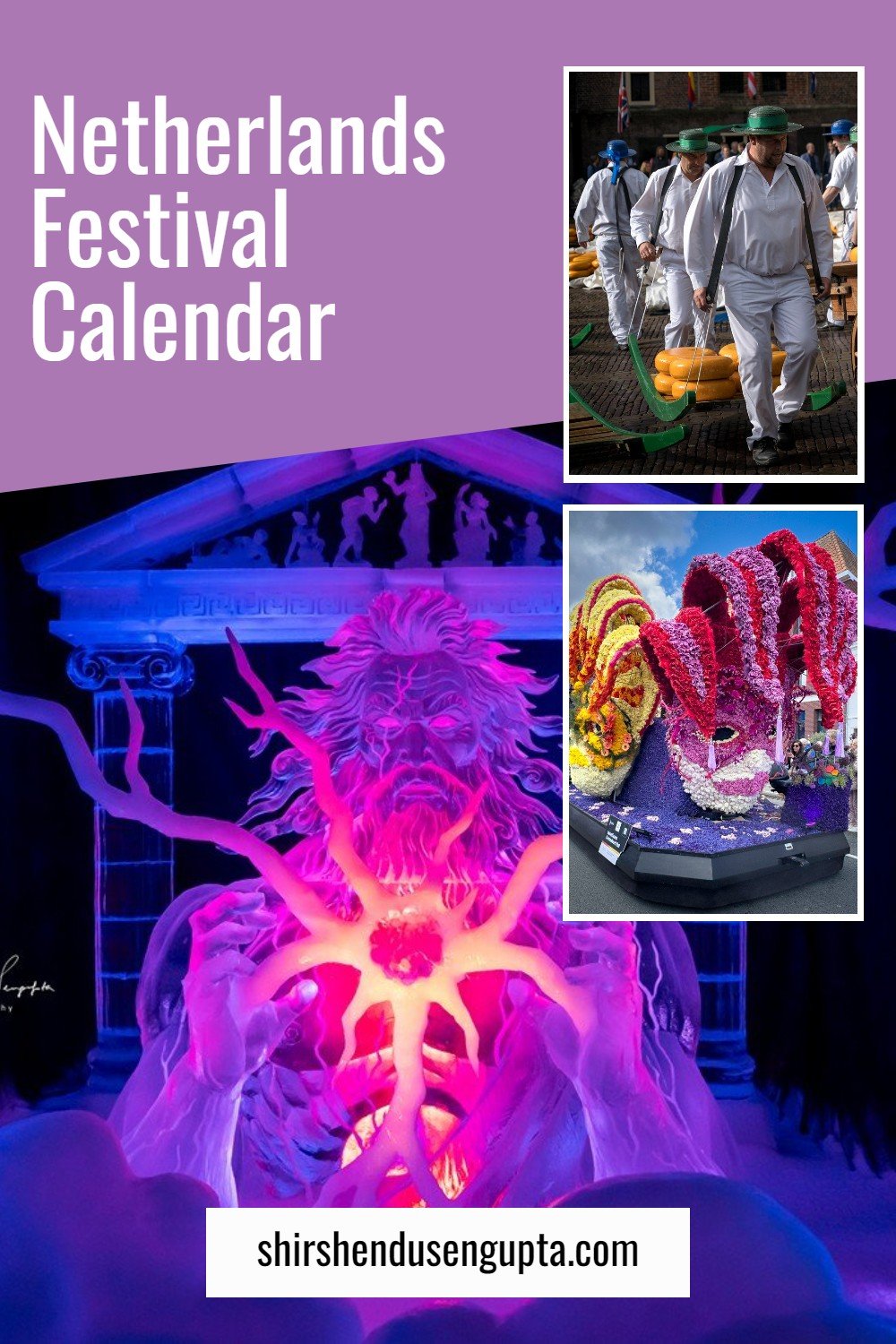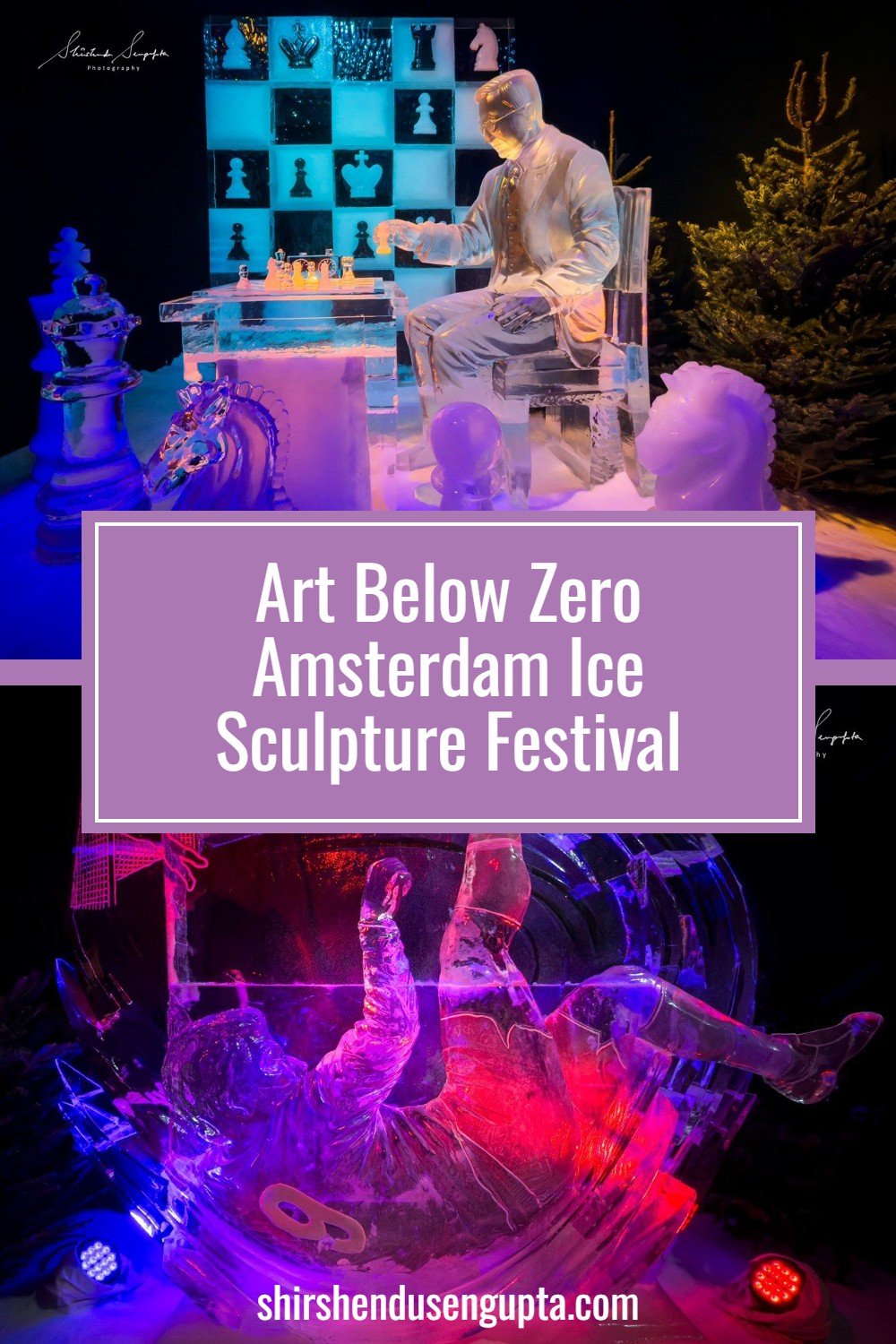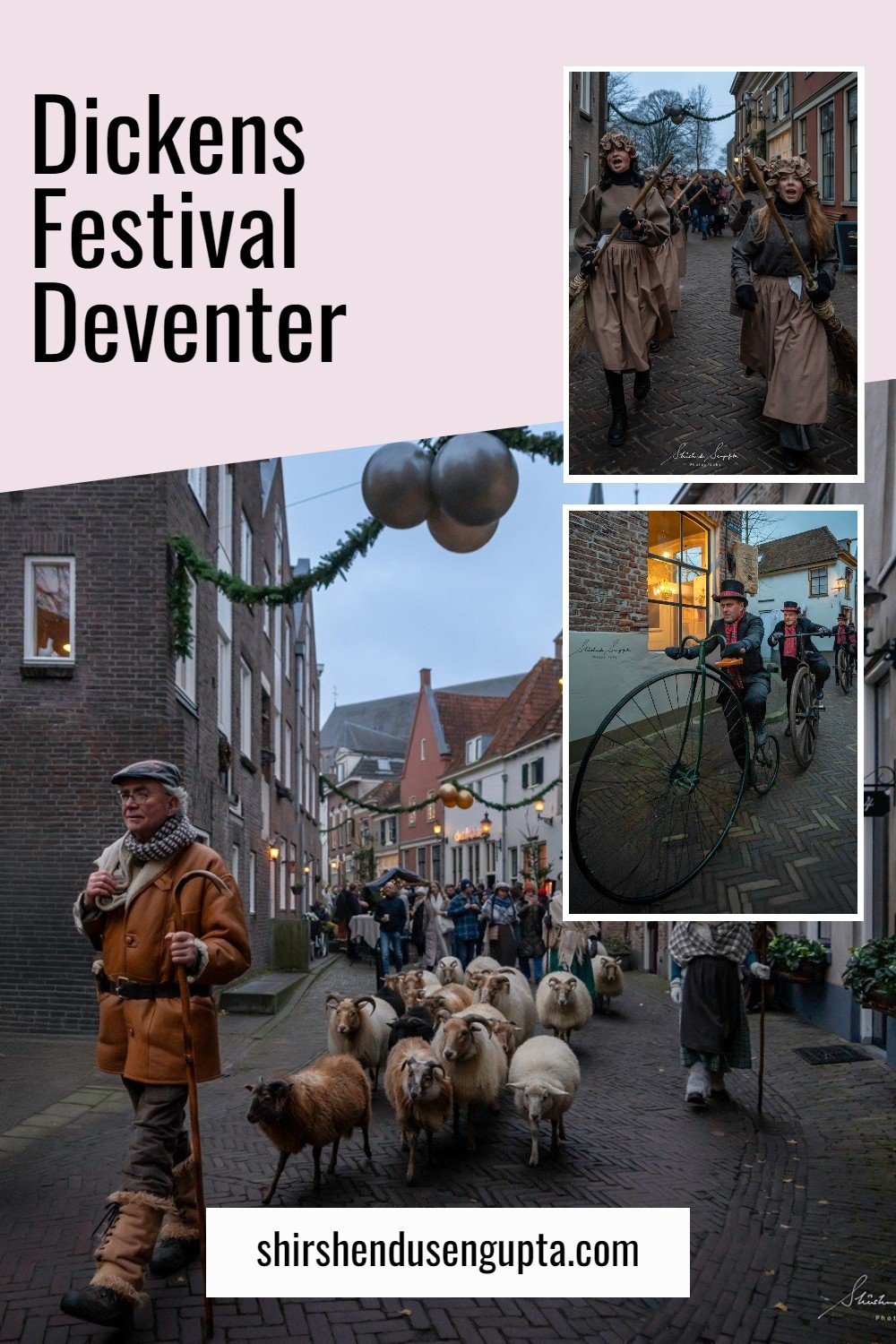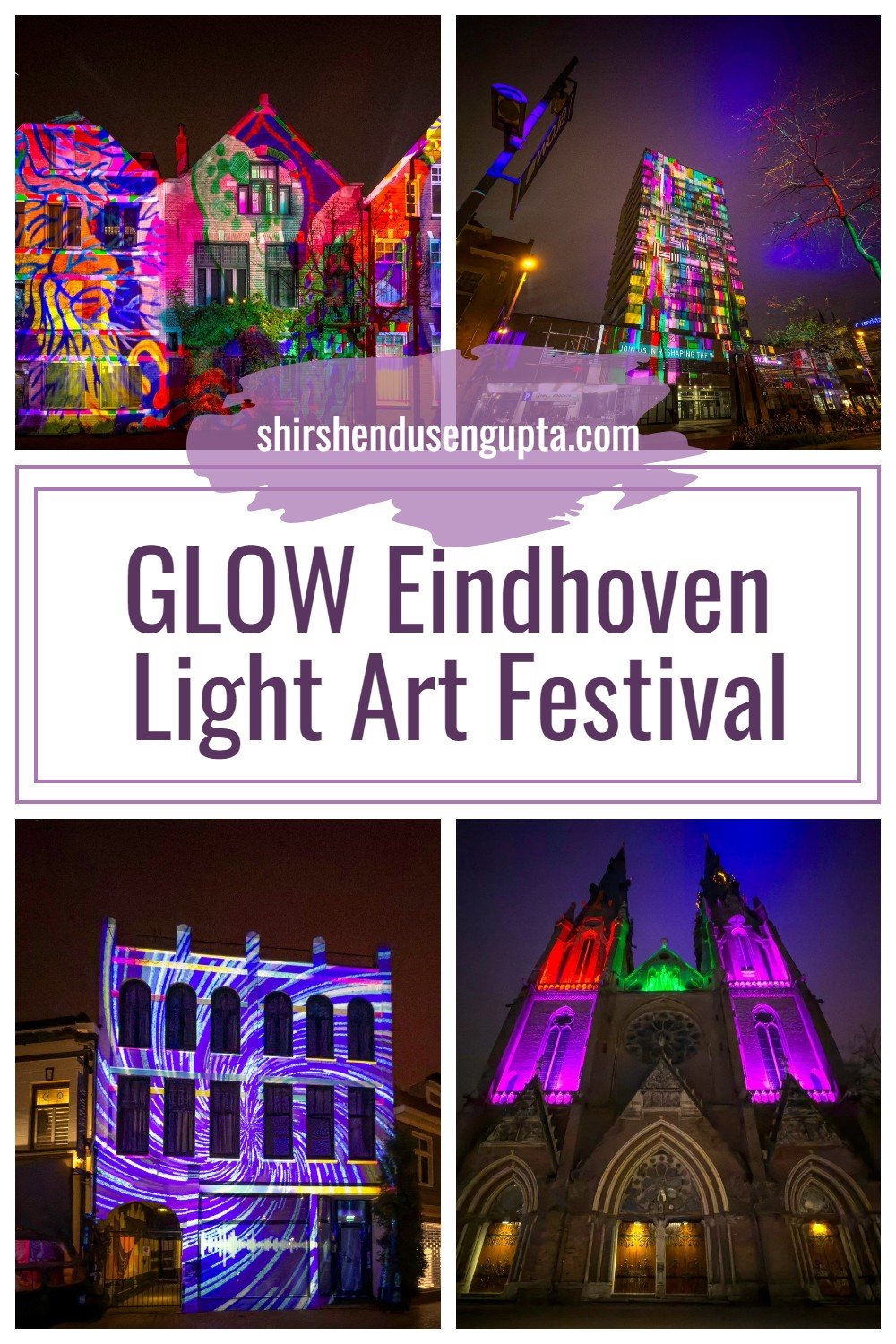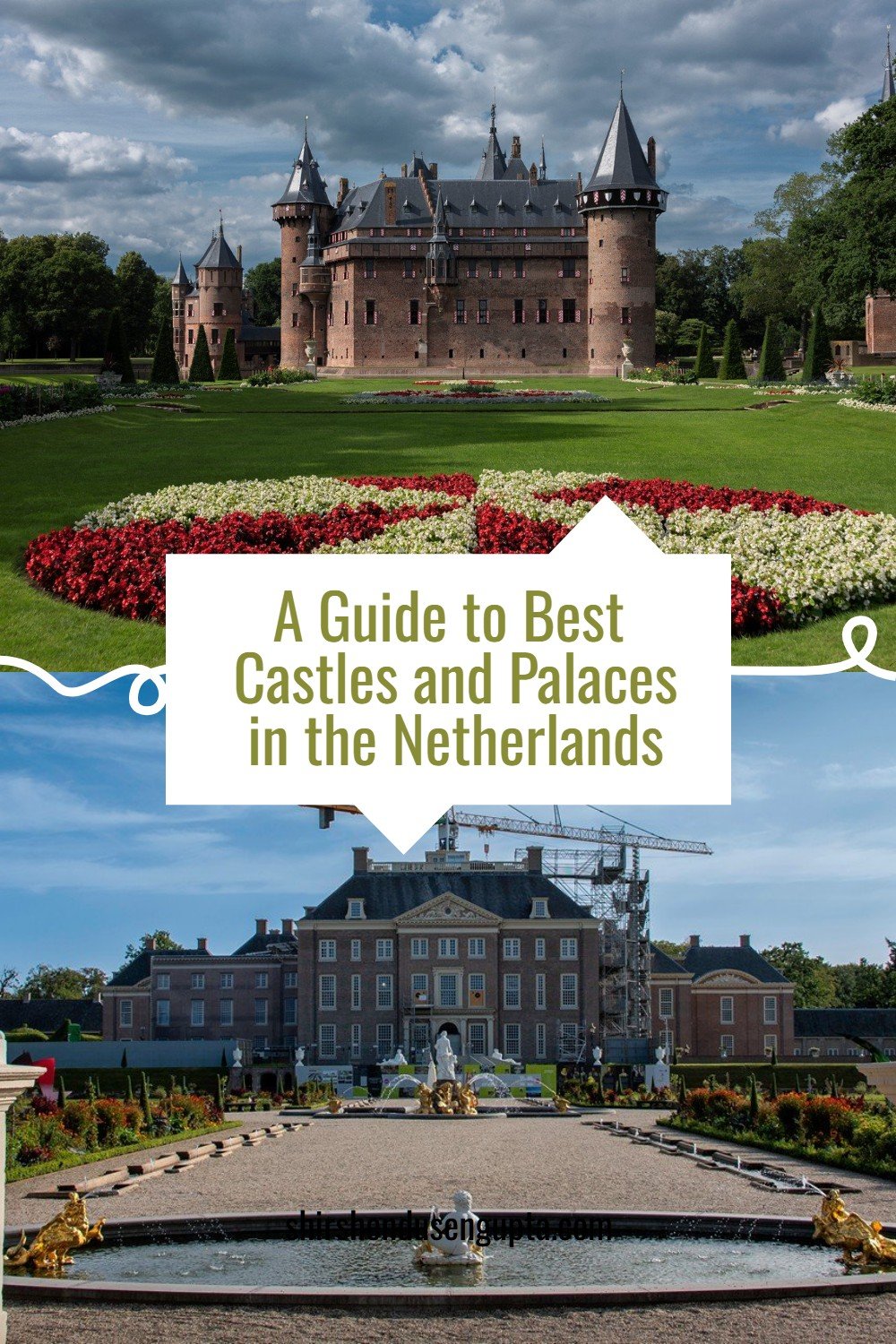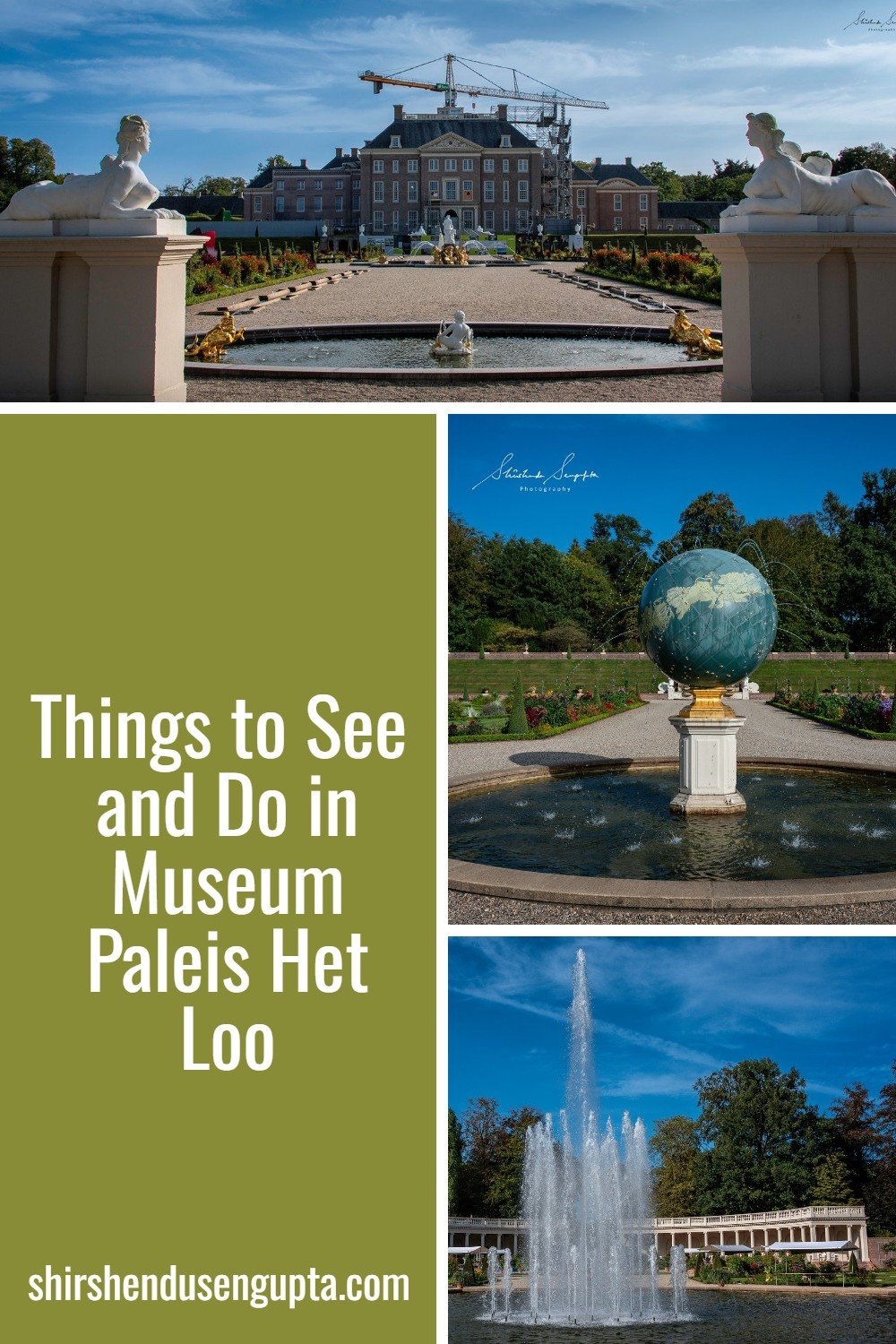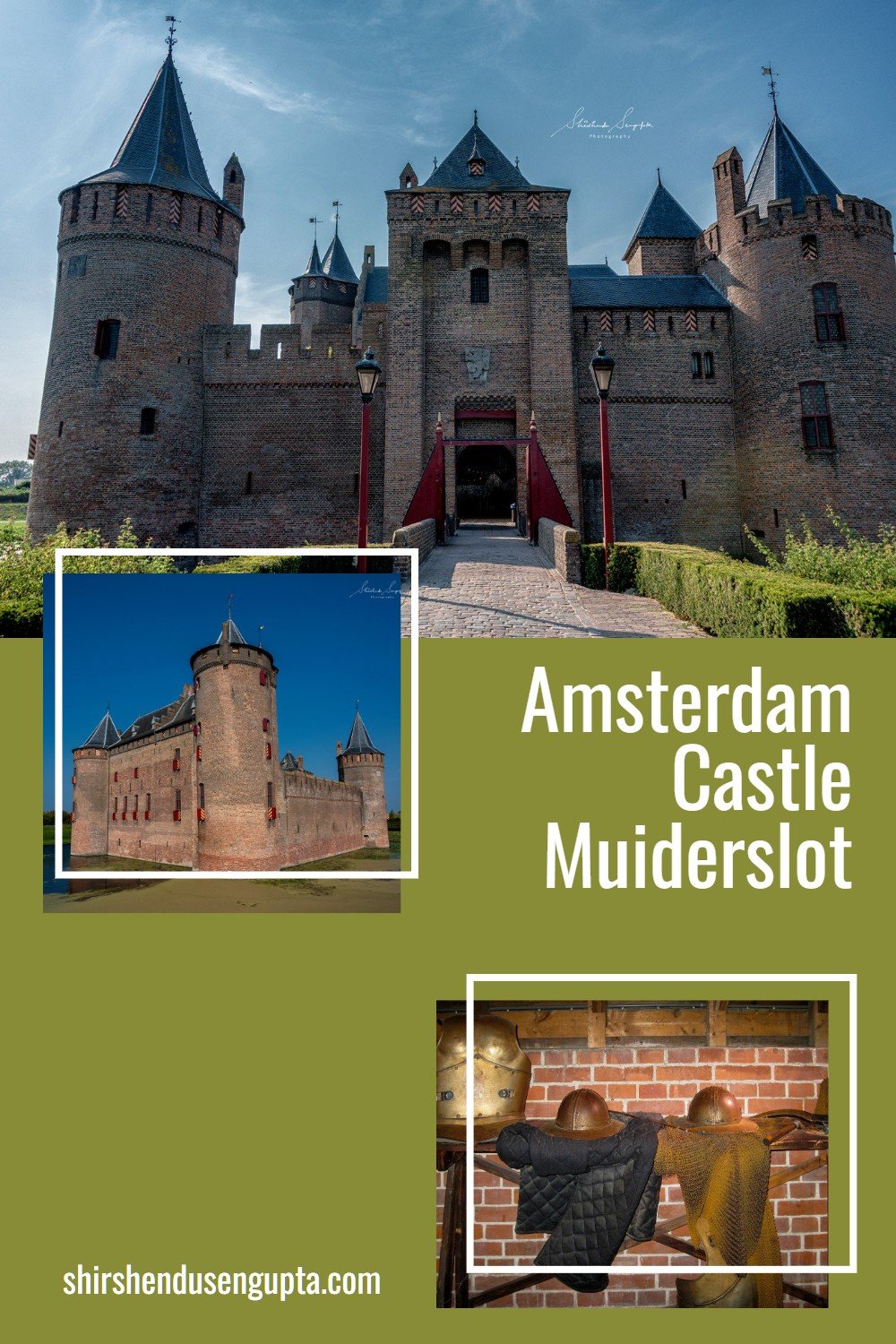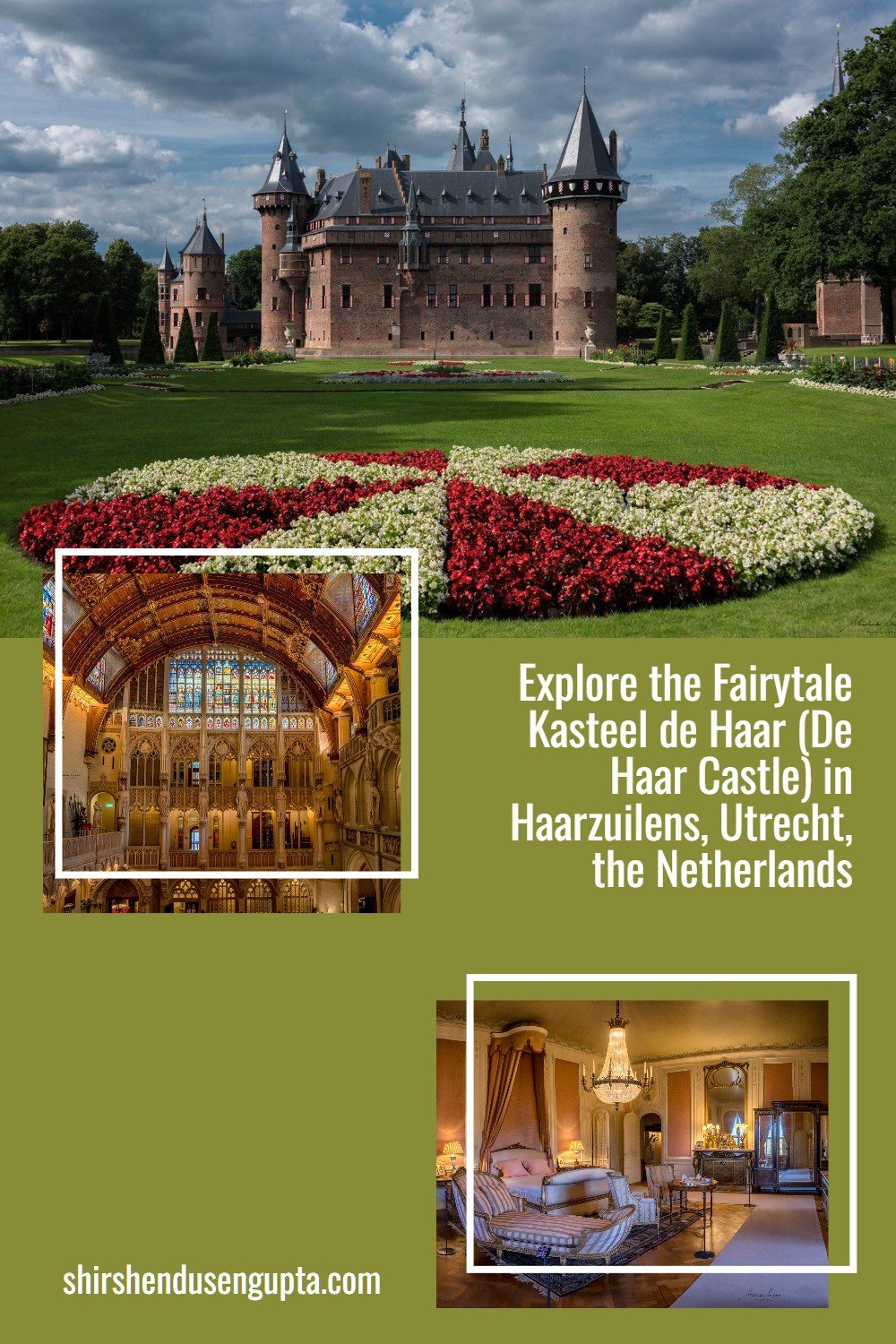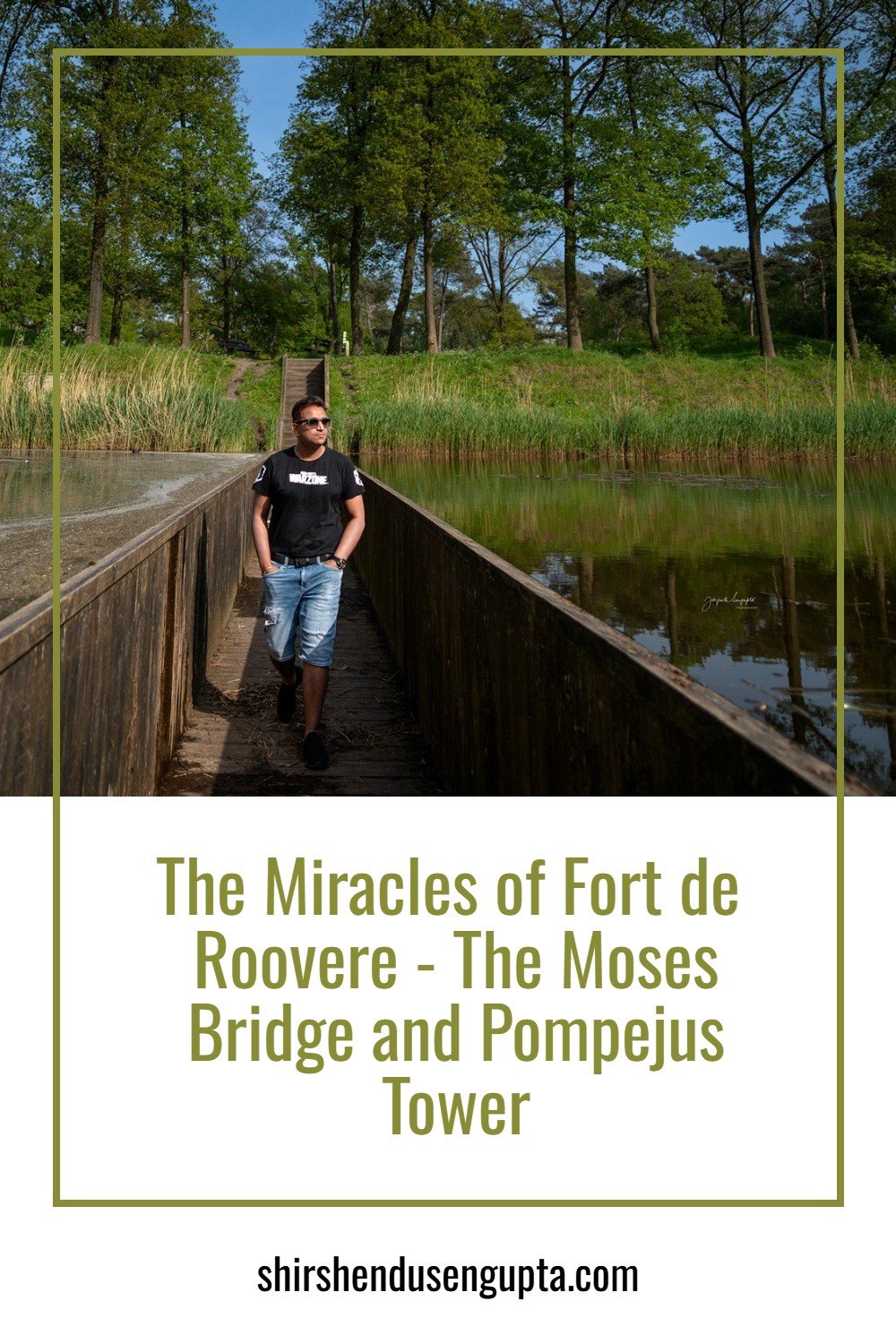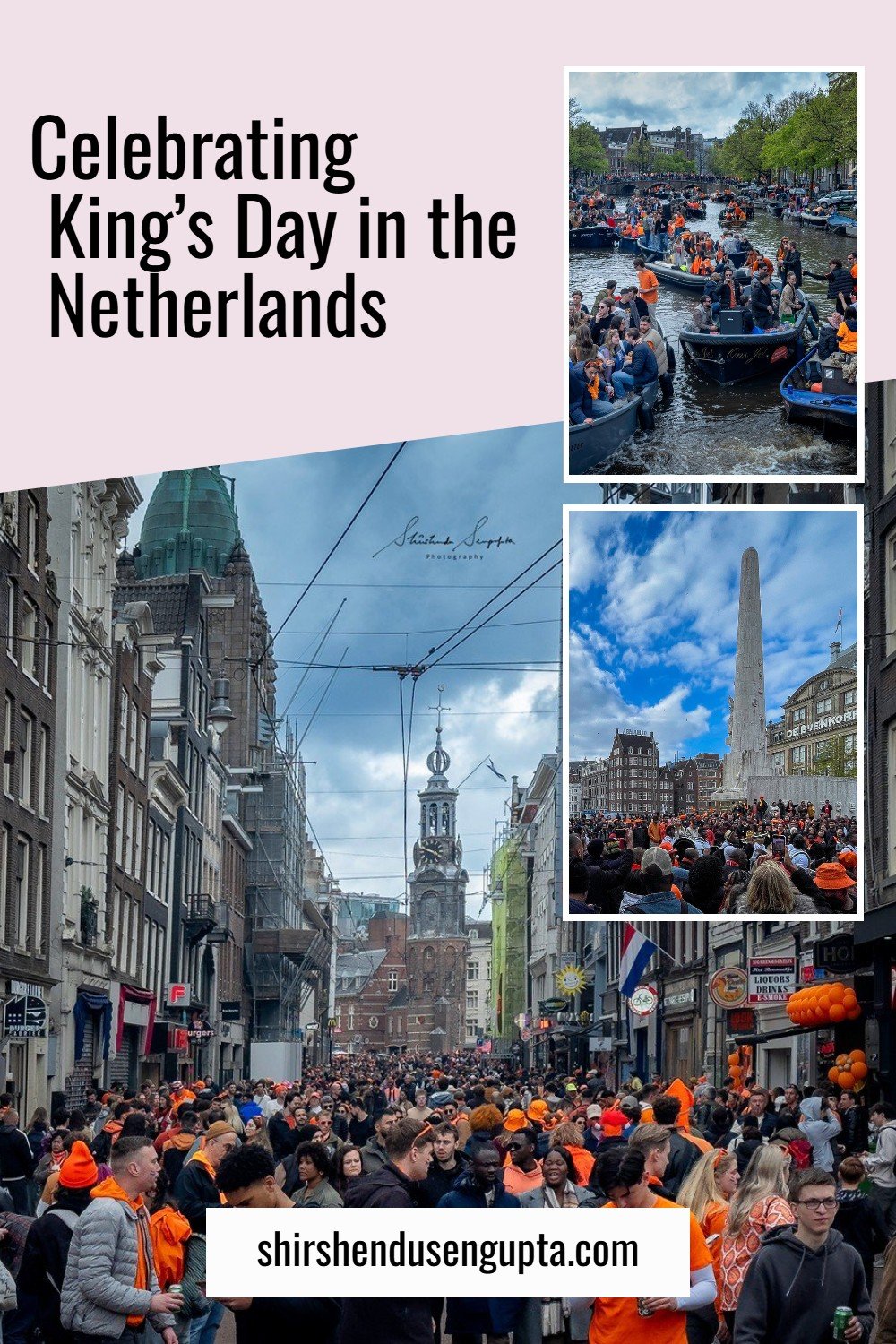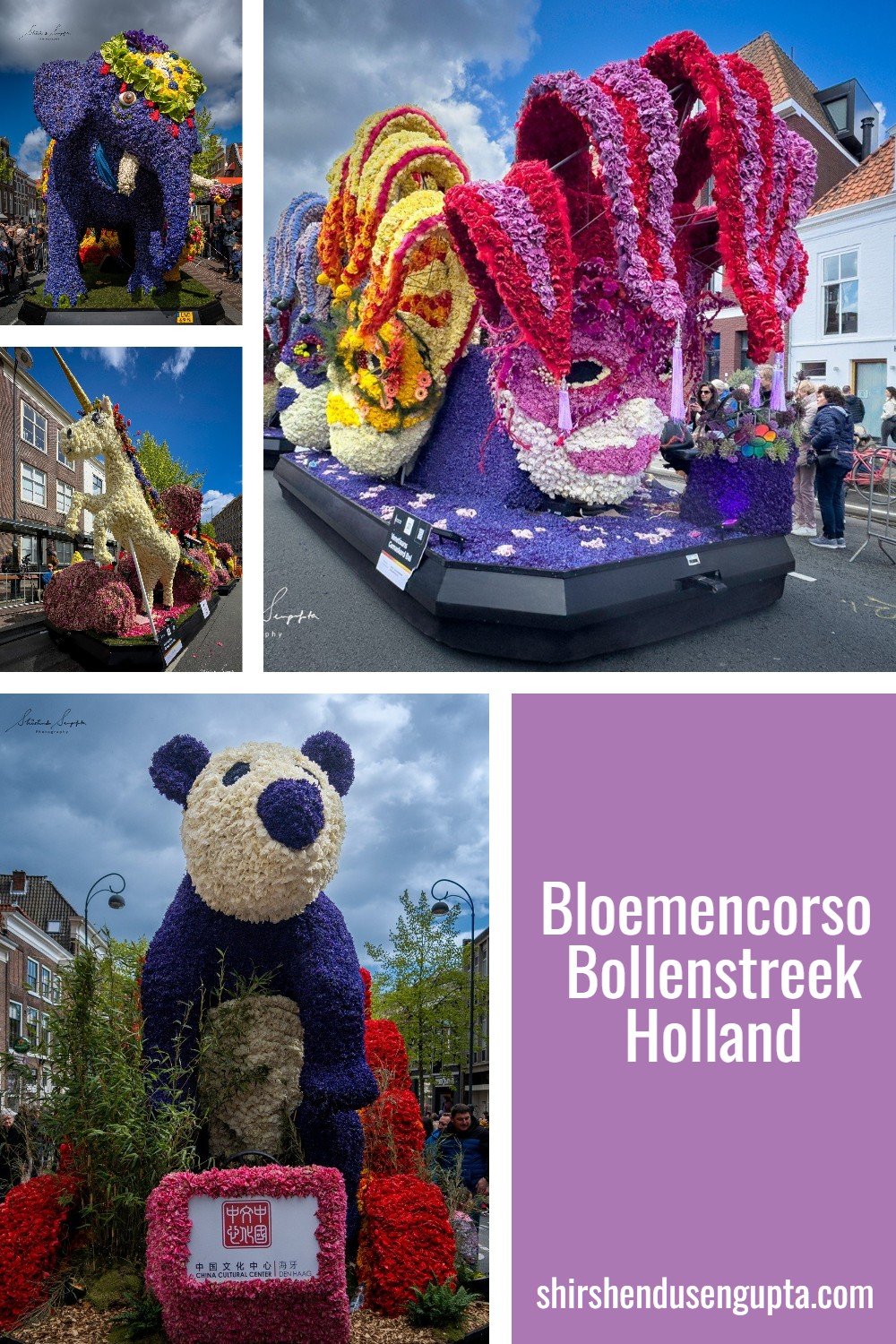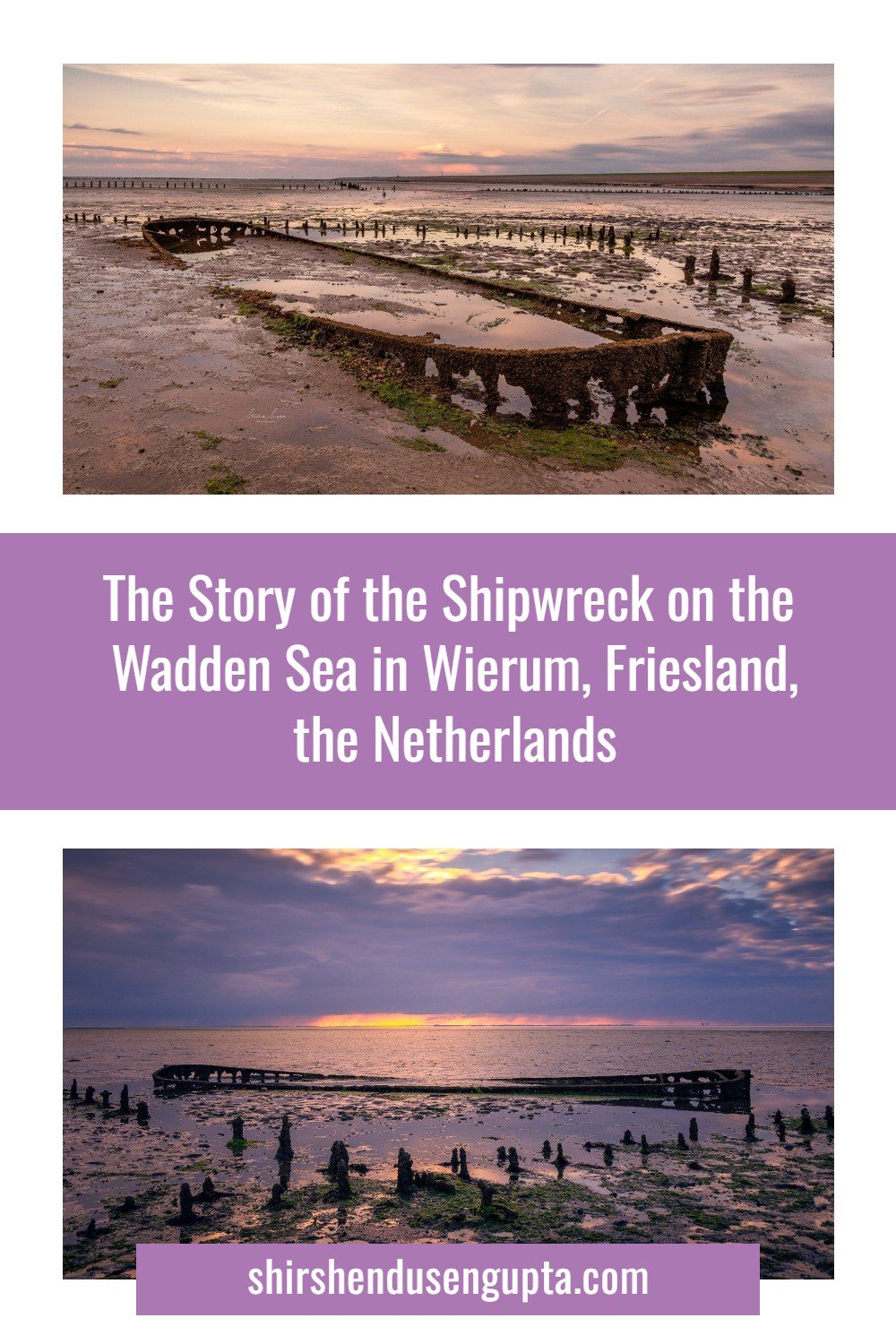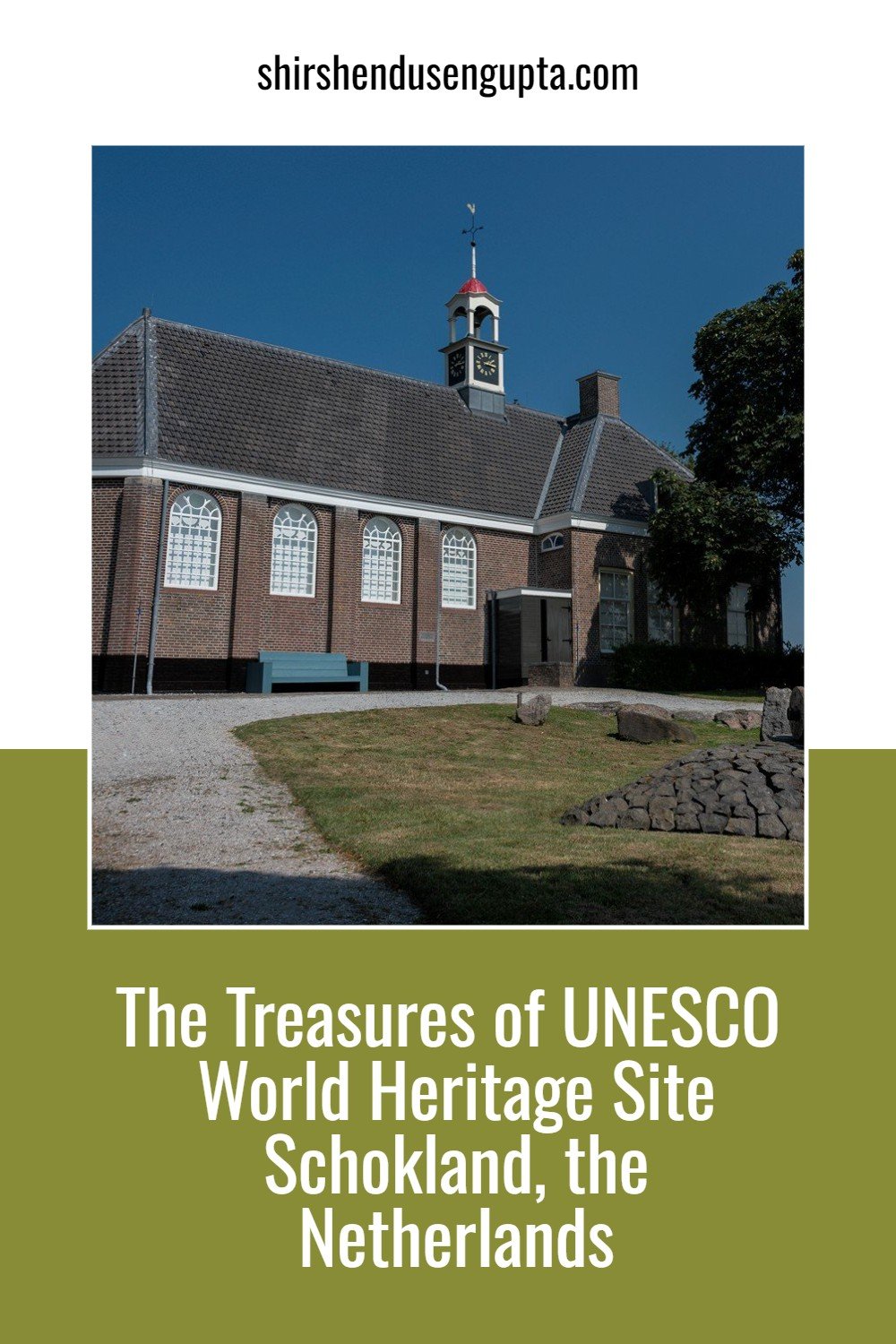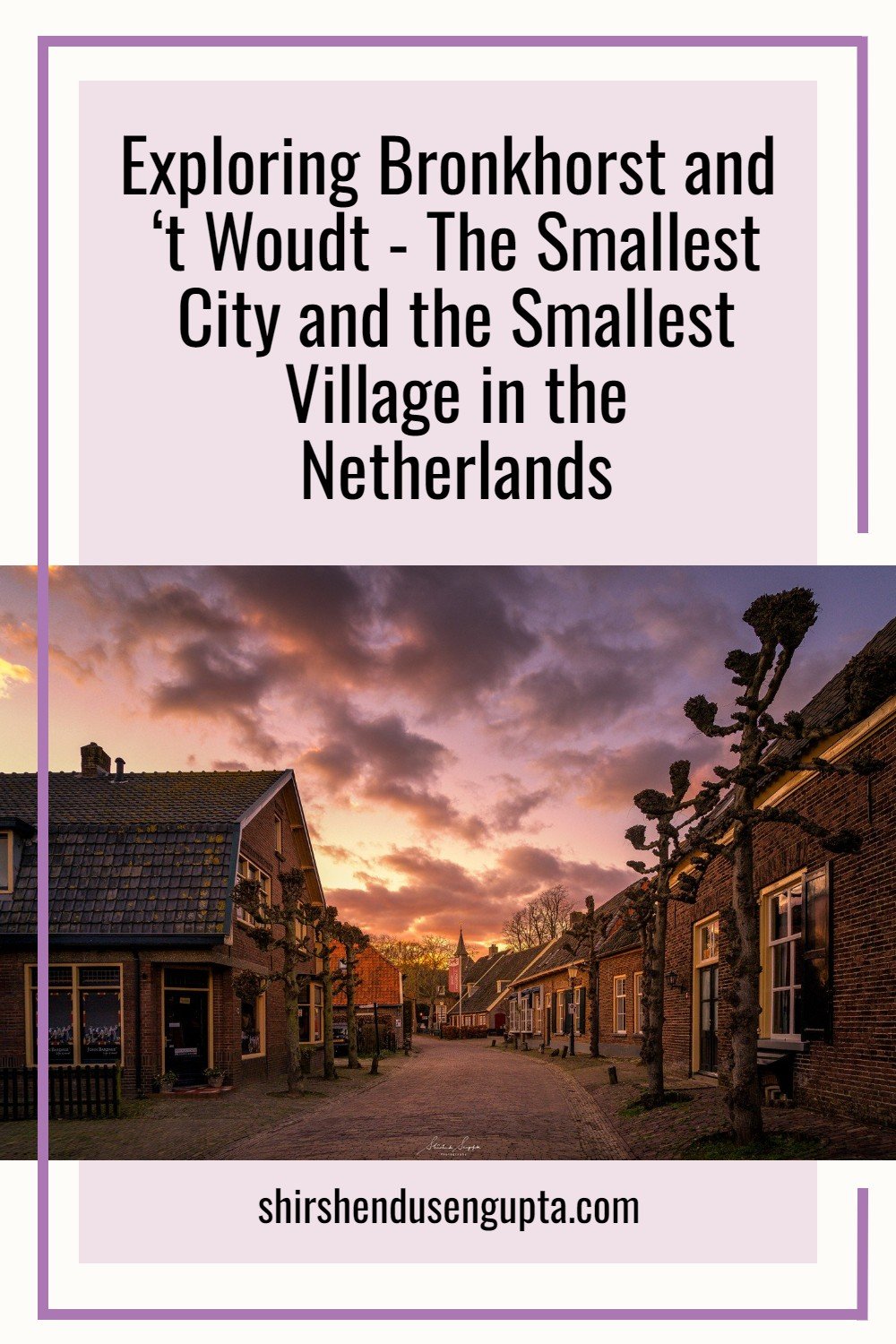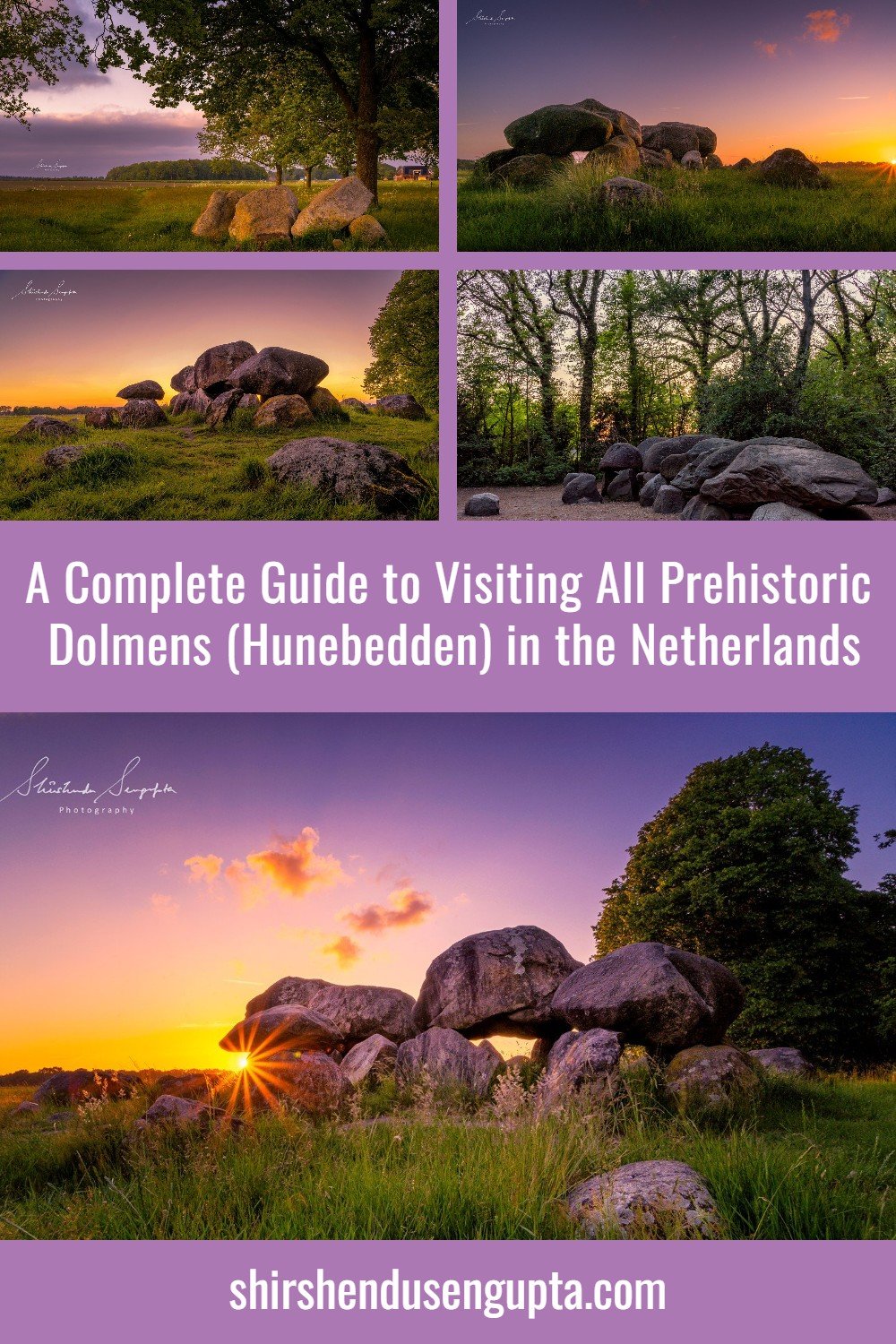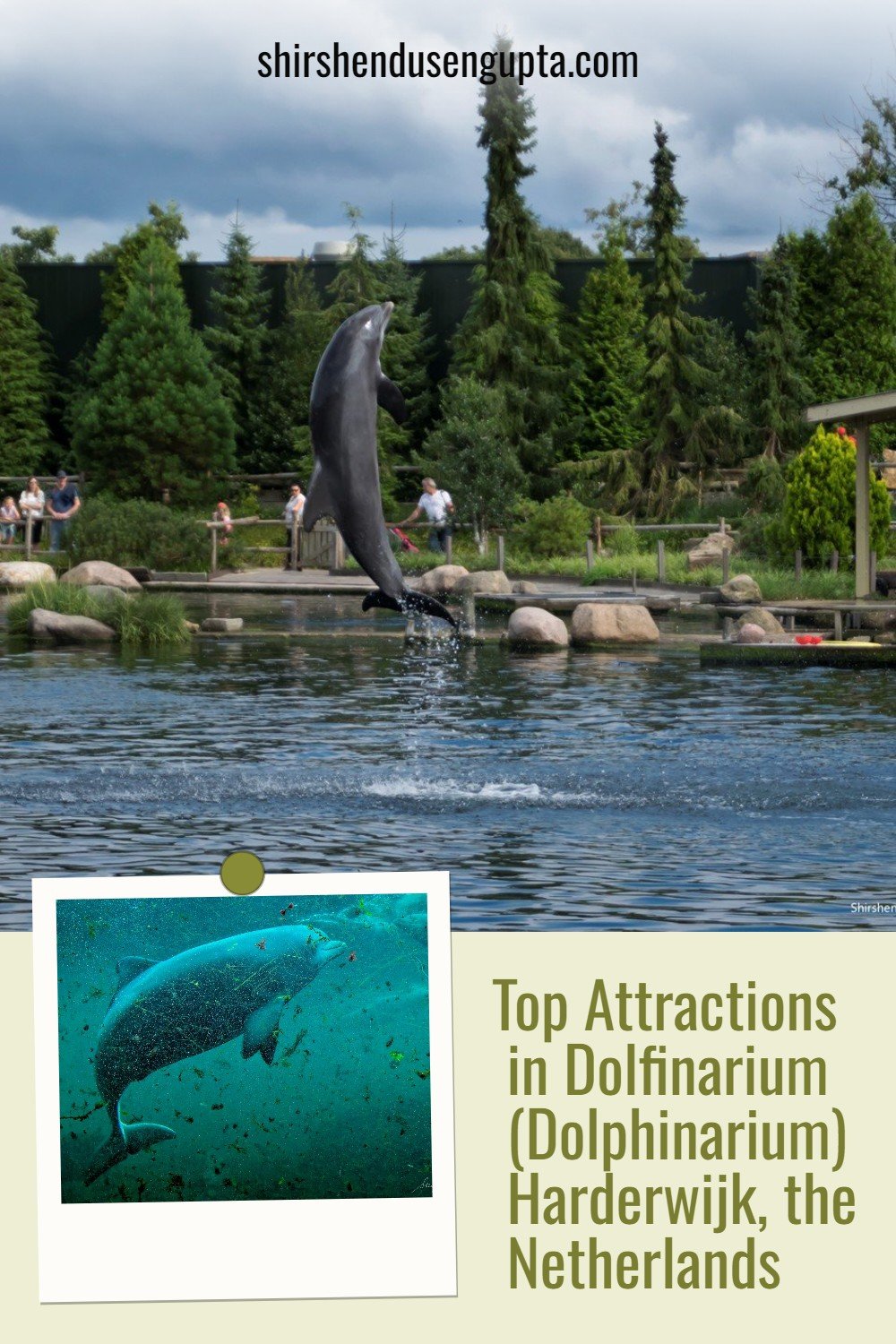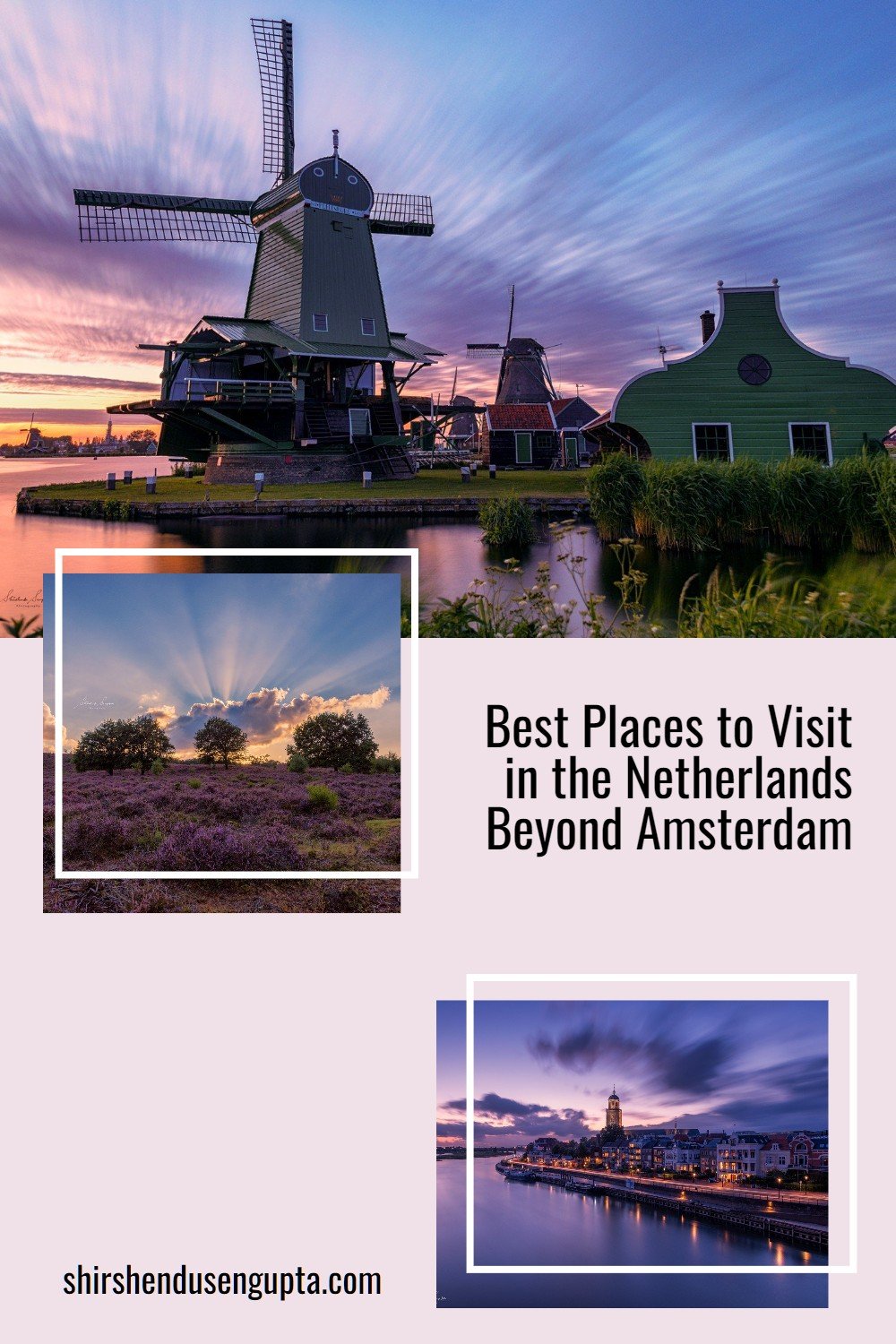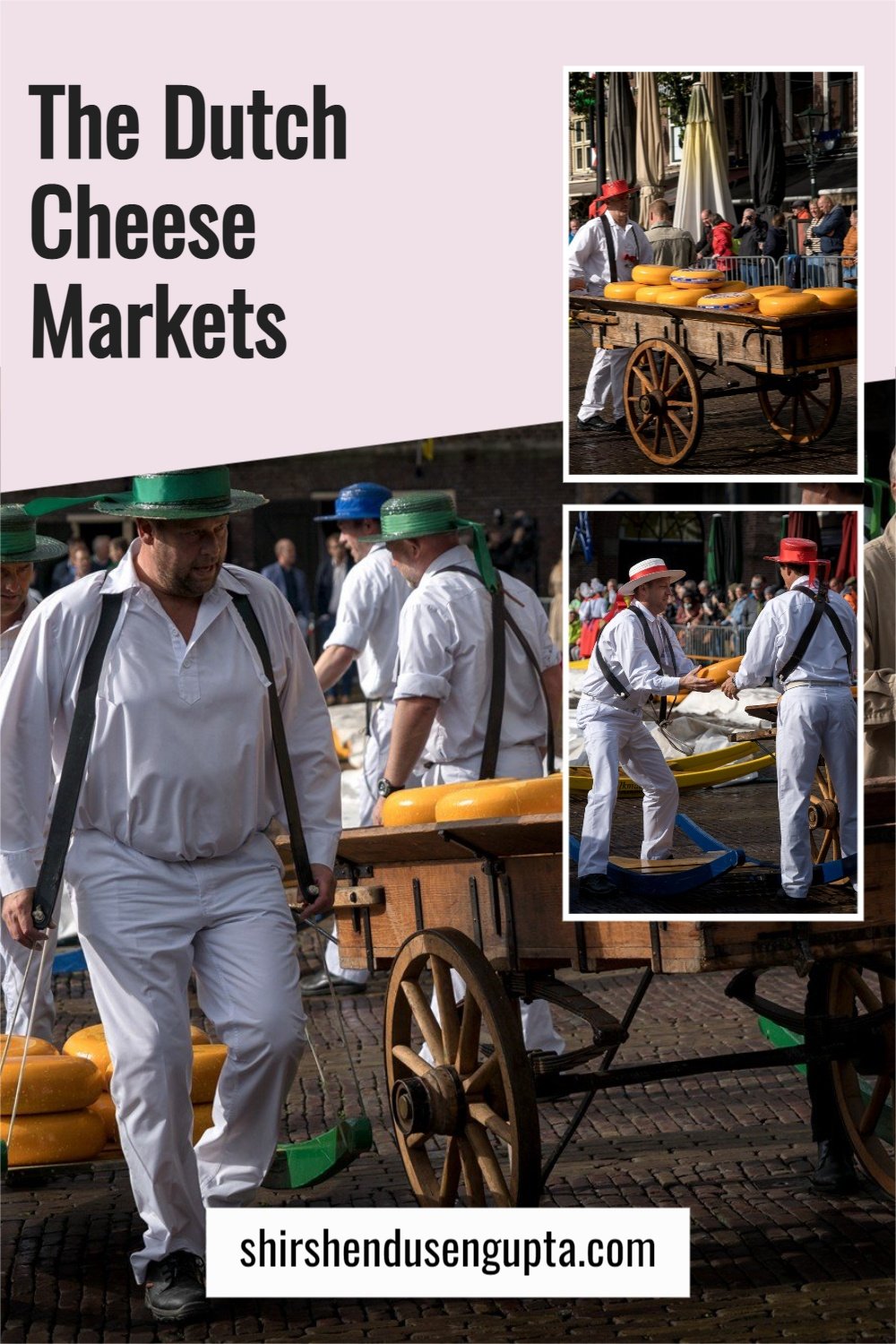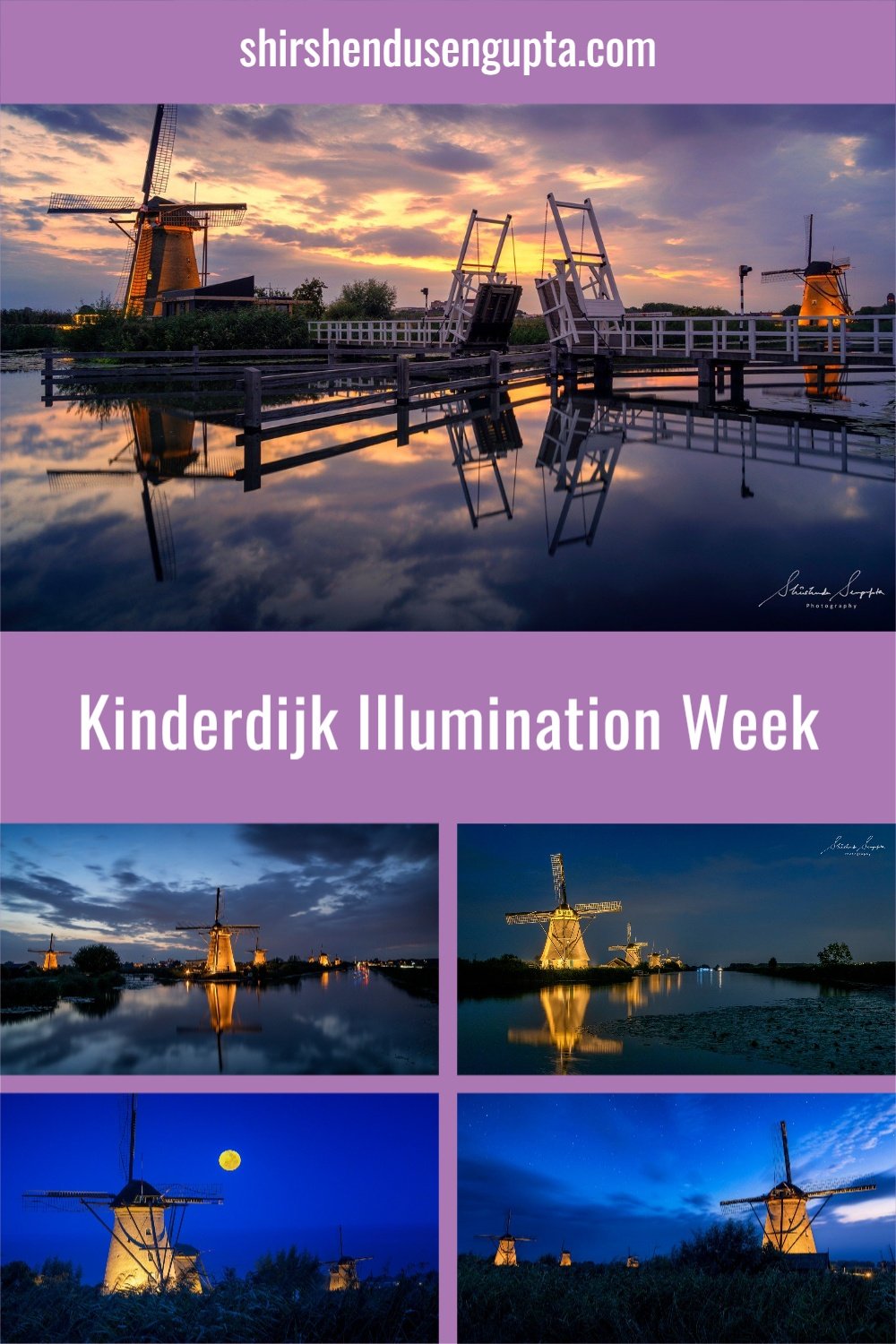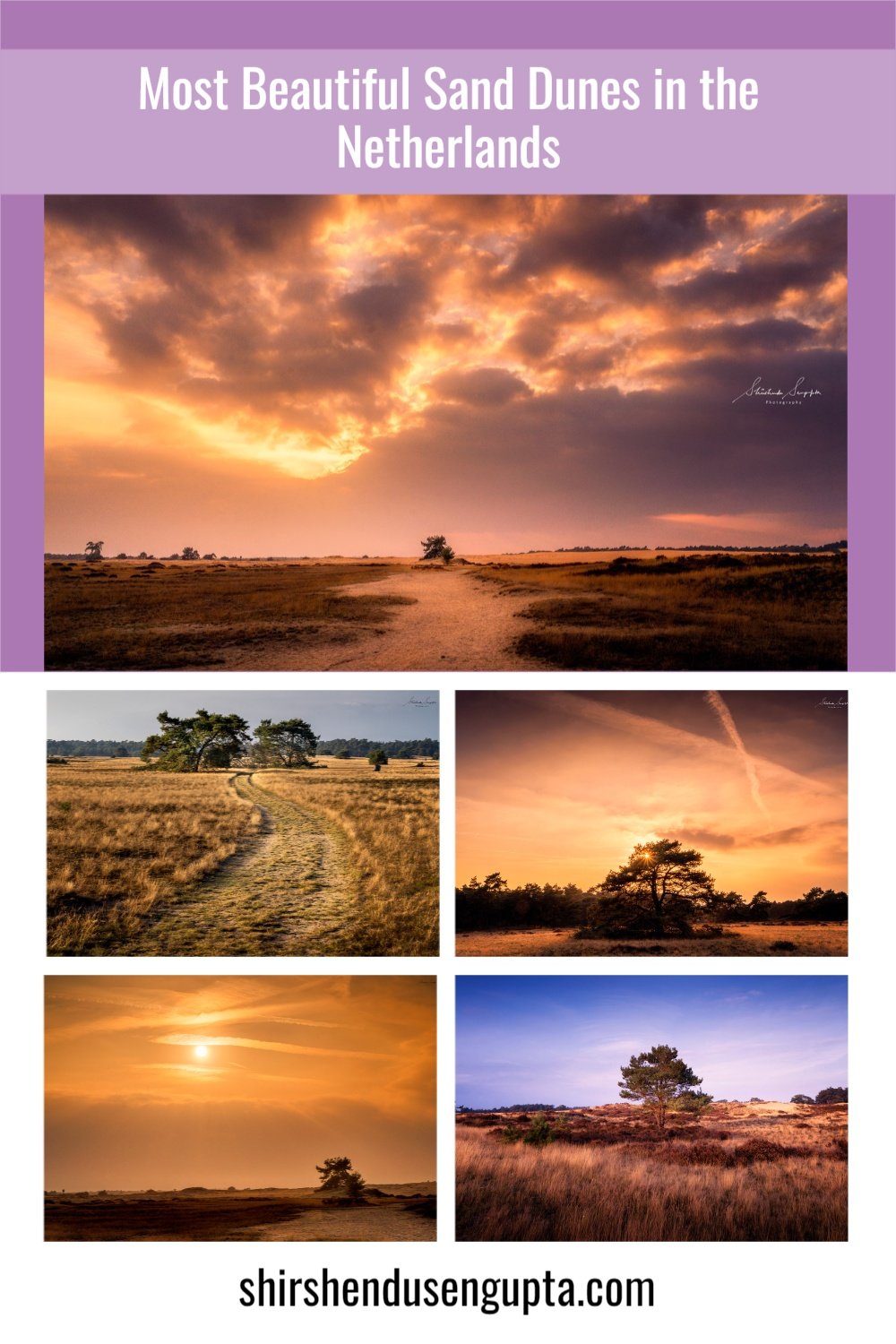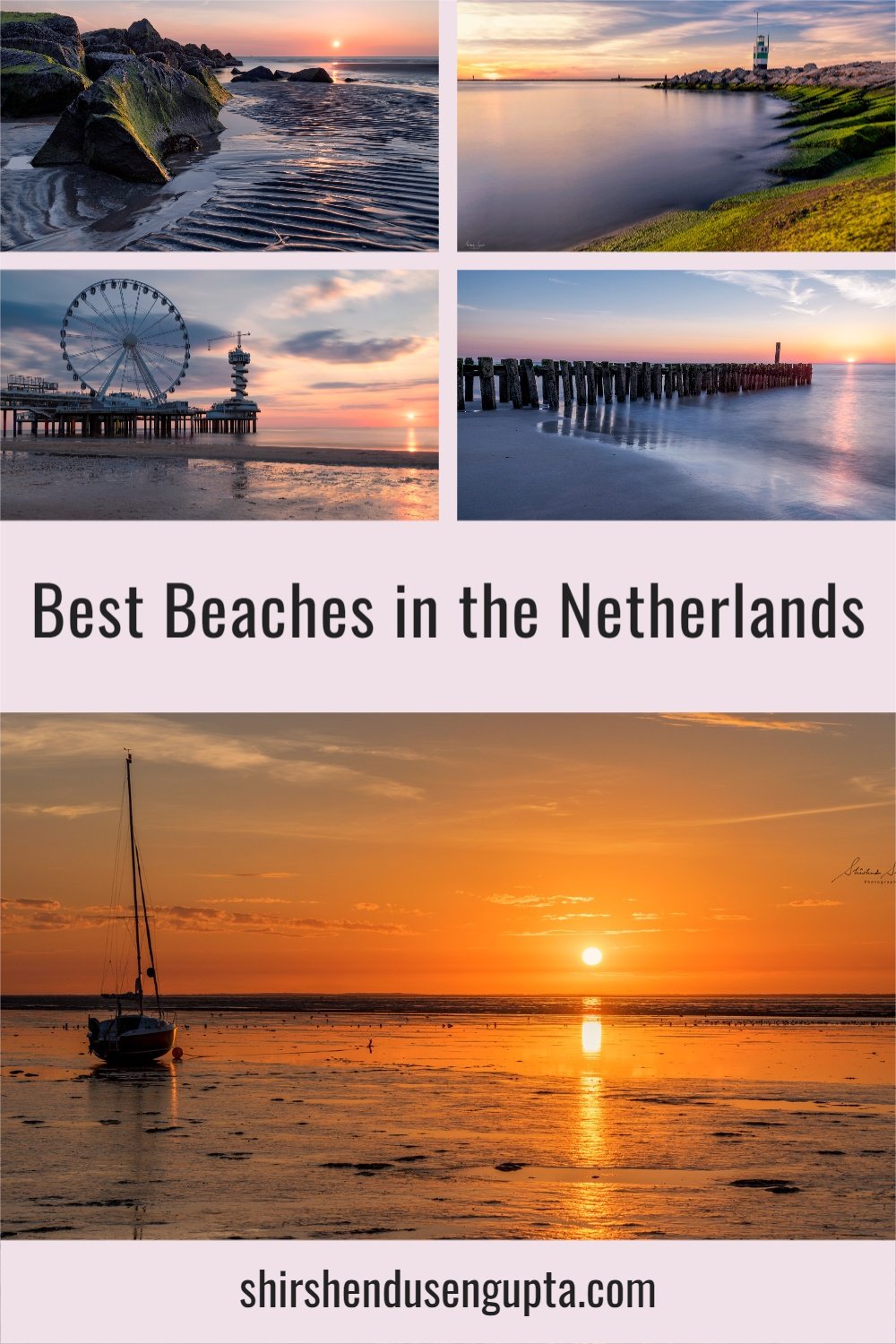Exploring Bronkhorst and ‘t Woudt | The Smallest City and the Smallest Village in the Netherlands
Welcome to the “Smallest” Settlements in the Netherlands
There is an inherent fascination with things that are outside the norm for many people. The widespread appeal of the Guinness Book of World Records is living proof of this. Therefore, for something to be the tallest, largest, oldest, greatest, or tiniest is a good thing for business. As a result, a few locations claim or market themselves to be "smallest” in the Netherlands which is driven by the local merchants and the chamber of commerce supporting them. And then naturally, it also means, there will always be an element of ambiguity in these kinds of claims. Today we’re going to talk about two such “smallest” settlements in the Netherlands. Let the journey begin!
How do you designate a place as a city or a village?
The current criteria is probably derived from the popular belief in the 19th century, that a location needs a church, a vicarage, and an inn or hostelry to be classified as a village. On top of that, if it had city rights in medieval times, it could be considered a city.
How do you quantify the size of a city or village?
So the fundamental question that hovers in our minds is what is the parameter to quantify the size of a settlement - is it area, population, or number of houses? Let’s start with the area as a parameter to measure the size of a settlement. One could argue that area should be the quantifying parameter since it is measurable. However, in reality, it is not that simple. Areas of municipalities or cities can be measured as they are legal subdivisions within a province, but for a small village that is not a legally recognized entity, it is difficult to answer the question “Is farmer Martin's farm located within ‘Village A’ or in the adjacent ‘Village B’.”
So, population is a better parameter to measure the size of a settlement barring a few exceptions. For instance, the Netherlands is home to several (at least two) settlements with a population of nothing. Yes, zero. The first is the village of Koudekerke, in the province of Zeeland, where the only standing structure is an observation tower. One of the numerous floods that once plagued the area destroyed the remainder of the settlement. Poppekerke is the second village in Zeeland with a similar tale and a population of none. Leaving out these ghost towns, the population is mainly used as the criteria to define what is “smallest.”
Where are the “Smallest” City and Village in the Netherlands
1. Bronkhorst - The Smallest City in the Netherlands
A few houses, a water pump, a tiny museum, a restaurant, a shop, and medieval city rights - this tiny village in the Netherlands is only a true city because of the latter. It is known to be the last location in the Netherlands to have obtained city rights. Today, it has a population of only 150 residents.
Like many Dutch cities, Bronkhorst's early history is mostly obscure. It is plausible that it started with a group of farmers establishing themselves on and around a hill at the edge of the IJssel River. The hill along with the low-lying, fertile clay in the area created a haven, which later grew to become Bronkhorst.
Previously, Bronkhorst was a lordship (countship). Gijsbert I of Bronkhorst (1127 - 1140), son of Adam of Bronkhorst, was the earliest documented lord (count) of Bronkhorst. He had a significant influence on the politics of the day. His successor Gijsbert VII awarded city rights to the residents of Bronkhorst in a document dated March 13, 1482. In practical terms, this meant that they were granted some degree of self-government and authority to enforce the law. After Joost, the last lord of Bronkhorst, passed away in 1553, Georg of Limburg's widow inherited the land.
On the aforementioned hill, a castle was built during the Middle Ages. It was encircled by a substantial wall and a broad moat. It was besieged multiple times, most famously in 1582 when Dutch troops, under siege for nine months, took control of the Spanish-occupied citadel. The castle was owned by a merchant who had it dismantled in 1828 after it had changed hands numerous times.
Renowned for its architecturally stunning structures, Bronkhorst is home to a museum honoring Charles Dickens, which included artifacts acquired from the Dickens Museum at Eastgate House in Rochester, Kent.
What to See
‘Bronkhorster Molen’ or Bronkhorst Windmill (Spaensweertweg 1, 7221 LB Steenderen)
‘Kapel van Bronkhorst’ or Chapel of Bronkhorst (Bovenstraat, 7226 LM Bronkhorst)
‘Glas & Keramiek Atelier Kiki’ Glass and Ceramic Art Gallery (Onderstraat 7, 7226 LB Bronkhorst)
‘Chocolaterie Magdalena’ chocolate shop (Onderstraat 12, 7226 LE Bronkhorst)
Farmhouses (Onderstraat 6, Kasteelweg 2, Boterstraat 7, Boterstraat 1, Bovenstraat 2)
Where to Eat
‘Herberg de Gouden Leeuw’ restaurant (Bovenstraat 2, 7226 LM Bronkhorst) and ‘Het Wapen van Bronkhorst’ restaurant (Gijsbertplein 1344 nummer 1, 7226 LJ Bronkhorst)
How to Visit by Public Transport
From wherever you are located, you need to take a train to Zutphen train station. From there take the bus 82 to Doetinchem and get down at the town of Steenderen. From Steenderen you need to walk 20 minutes to reach Bronkhorst. This is the quickest route because there isn't a bus stop or any other kind of public transportation in Bronkhorst.
Herberg de Gouden Leeuw restaurant
Het Wapen van Bronkhorst restaurant
Kapel van Bronkhorst (Chapel of Bronkhorst)
Bronkhorster Molen (Bronkhorst Windmill)
2. ‘t Woudt - The Smallest Village in the Netherlands
‘t Woudt, in the Delfland area of the province of Zuid-Holland (South Holland), has all that it takes to be designated as a village i.e. a church, a vicarage, and a cafe named ‘De Hooiberg’ along with three farms, a few cottages, and just one street. Another village named Persingen in the province of Gelderland also matches similar criteria, but it has 105 residents while there are only 33 in 't Woudt. So in popular culture, ‘t Woudt won the race to be the smallest village in the Netherlands, especially after a local historian Jacques Moerman wrote a book about it.
Squeezed between the bustling cities of The Hague, Delft, and Rijswijk, 't Woudt has grown to be a draw for leisure cyclists riding through the wide area of Delfland. Its buildings have all undergone meticulous restoration, and one of the farms serves as a coffee shop and hostelry where weary riders may unwind. The late medieval church spire, which has a fascinating history that involves it being passed from Roman Catholic hands to Protestant hands after the Reformation, shines brightly in the flatland that encircles the settlement.
The village's name means "the Wood" or "the Forest" in translation. ‘t Woudt is situated atop a former sea arm that was gradually filled in with rich, fertile sea clay. Because the surrounding areas were made of peaty earth, the vegetation around 't Woudt was considerably lusher and more robust, consisting of oak, birch, and beech, in contrast to the surrounding thicket of willow and alder, which was much thinner. Then, a genuine forest sprang powerfully from the surrounding underbrush.
The area around 't Woudt is interesting because its late medieval residents created earthen mounds, or terps, on which they erected their farmhouses to shield them from the destructive power of storm tides that constantly threatened the land through the rivulets and streams that made up the Maas River Delta. Although there are hundreds of terps in Friesland, this region of South Holland also contains a good number of them.
The allure of ‘t Woudt rests in its little size, which has persisted over time. The lively academic city of Delft, the largest harbor in Europe in Rotterdam, and the Dutch seat of government in The Hague, are all just a short distance away from this village. The entire village is designated as an official heritage site and is protected. There is no permission to alter anything. Visiting 't Woudt, the smallest village in the Netherlands, is a must when on a bicycle trip in this region of the province of South Holland.
What to See
‘Protestantse Kerk 't Woudt’ or Protestant Church of ‘t Woudt (Het Woudt 25, 2636 HD Schipluiden)
Where to Eat
‘Koffiehuis De Hooiberg’ cafe (Het Woudt 15, 2636 HD Schipluiden)
How to Visit by Public Transport
From wherever you are located, you need to take a train to Delft train station. From there take the bus 455 to s-Gravenzande via Naaldwijk and get down at Schipluiden, 't Woudt. From there you need to walk 15 minutes to reach ‘t Woudt. This is the quickest route because there isn't a bus stop or any other kind of public transportation in ‘t Woudt.
Protestantse Kerk 't Woudt (Protestant Church of ‘t Woudt)
Epilogue
So that was the story behind Bronkhorst and ‘t Woudt - the smallest city and the smallest village in the Netherlands, respectively. Please let us know in the comments below if you enjoyed reading this article.
And if you want to explore more such hidden gems in the Netherlands, please read our article Netherlands Off The Beaten Track | 43 Best Hidden Gems in the Netherlands. Until then, merry traveling and happy shooting!
Pin the article
Bookmark the article for reading later!
Want to license/buy photos in the article?
License photos for commercial/editorial use or buy photo prints!
Want us to write an article for you?
Articles for magazines, newspapers, and websites!
Watch our Videos
Check out our videos on our Youtube Channel!
Join the Newsletter
Get updates on our latest articles!
We respect your privacy. Read our policy here.



